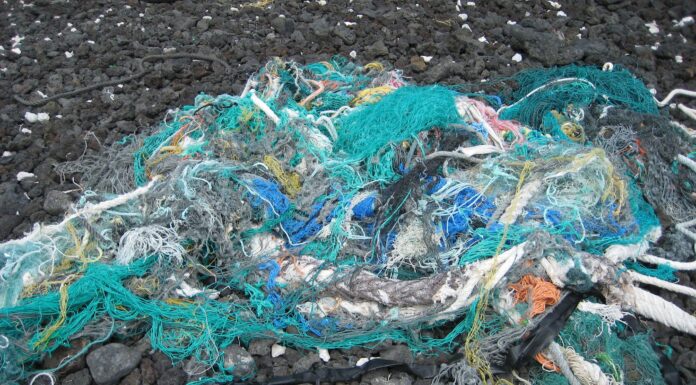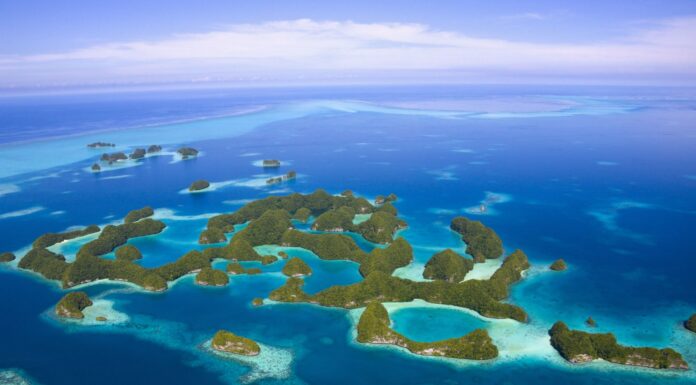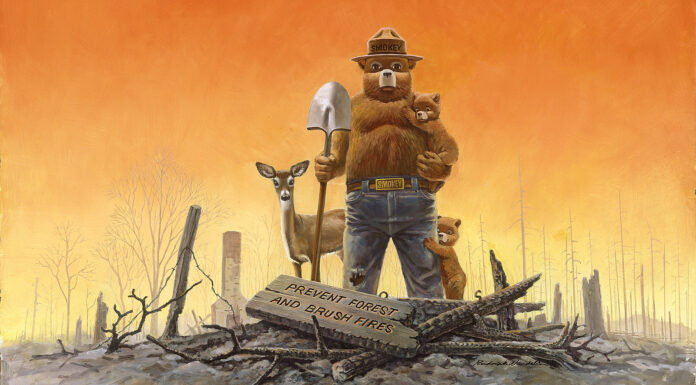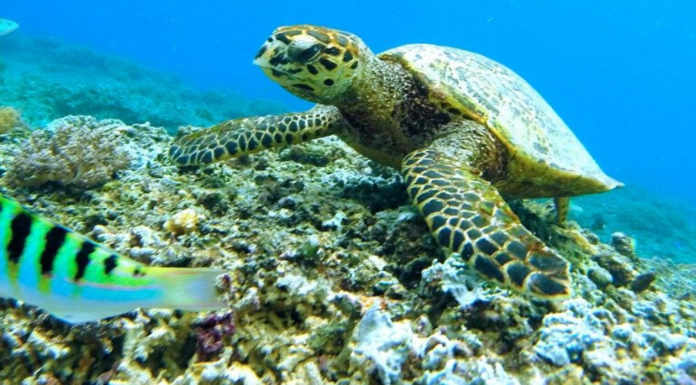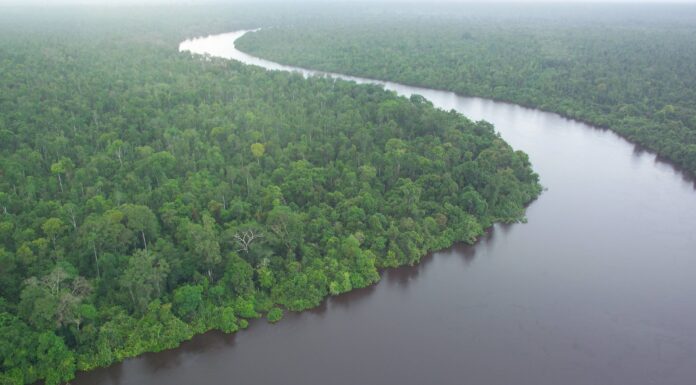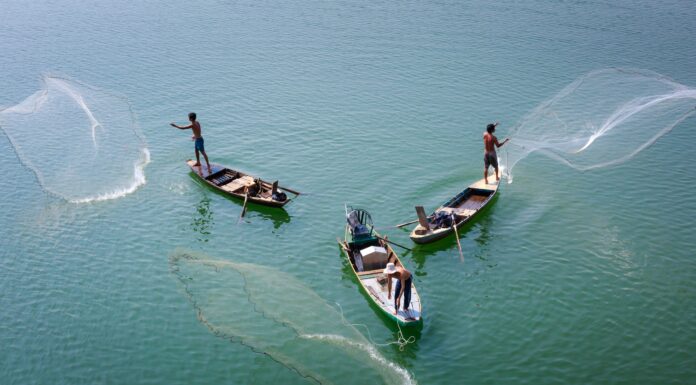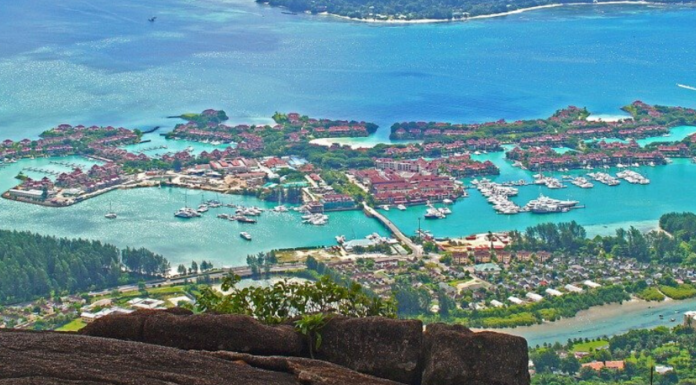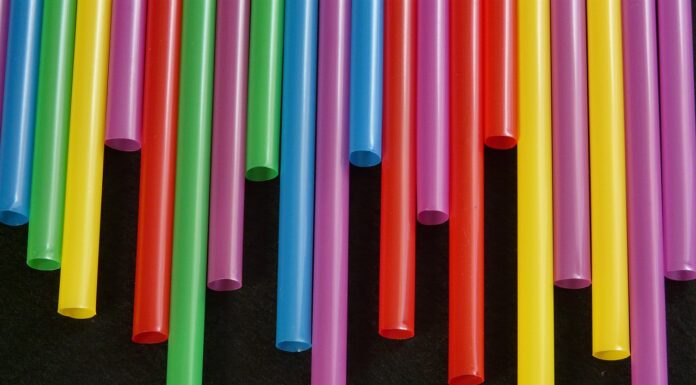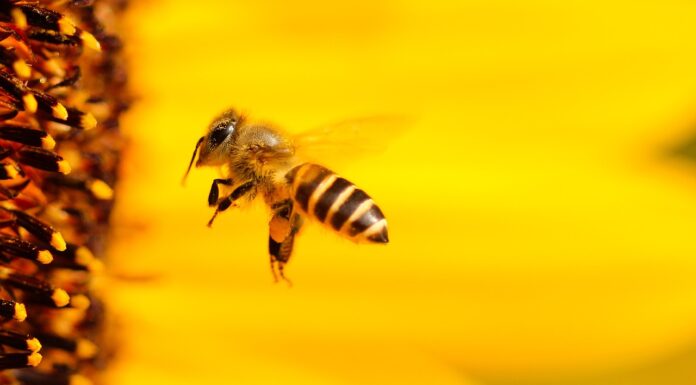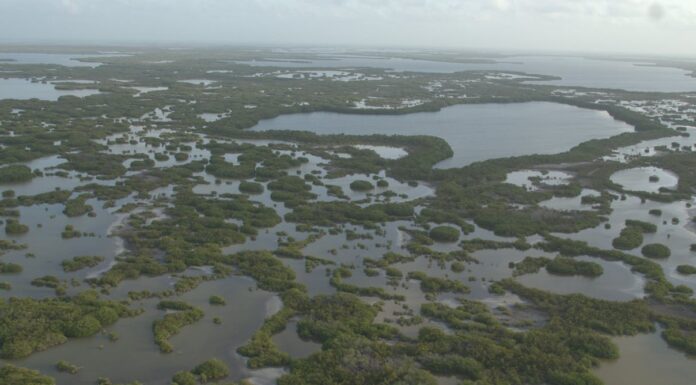Written by: Ross Chainey
“Ghost nets” – fishing gear that has been lost or abandoned in our oceans – are a deadly menace for sea life, marine habitats and even the fishermen responsible for putting them there.
It is estimated that...
Written by: Kate Whiting
People on the Pacific archipelago of Palau firmly believe in the old saying, "We do not inherit the earth from our parents, we borrow it from our children."
For centuries, they have been managing their delicate...
Written by: Kimberly White
This story was originally published on May 11, 2019 and has been updated and republished in honor of Wildfire Awareness Month.
The Smokey Bear wildfire prevention campaign was launched 76 years ago in 1944 and is the...
Written by: Louisa Montagu-Pollock
The world faces an unprecedented set of challenges, from a global pandemic and rampant income inequality, to man-made climate change and the destruction of natural ecosystems.
Did you know that 10% of global society still lives in...
Written by: Kimberly White
Restoring one of the world's rarest habitats could prevent the release of 394 million tonnes of carbon dioxide.
Peatlands are a type of wetland created when decaying vegetation and organic materials are waterlogged and accumulated for thousands...
Written by: Derek Armitage, Ella-Kari Muhl, Merle Sowman, Philile Mbatha, and Wayne Stanley Rice
A little more than a year ago, the Haida Nation released the Land-Sea-People plan to manage Gwaii Haanas, off the coast of northern British Columbia, “from mountaintop to...
Courtesy of Landscape News
Written by: Monica Evans
To manage its oceans better, the Seychelles uses an unlikely resource to come up with the cash to do so: its national debt. As of 26 March 2020, the island nation has...
Written by: Kimberly White
The government of Wales has announced a new plan to battle plastic pollution. In honor of Global Recycling Day, the Welsh government unveiled its plans to ban single-use plastics in 2021.
Straws, cotton buds, stirrers, balloon sticks,...
Written by: Akanksha Khatri and Alexia Semov
We often take the contribution of nature and its ecosystem services for granted in our food production systems. Forests and oceans provide many of our natural resources, and we all benefit from healthy...
Written by: Michael Beck and Pelayo Menéndez
Hurricanes and tropical storms are estimated to cost the U.S. economy more than US$50 billion yearly in damage from winds and flooding. And as these storms travel across the Atlantic, they also ravage many Caribbean...

